My impression of 2017, in regard to bird books, was that it was a good, but not great, year. But when I took time to think of the books that I wanted to highlight here, I found myself going “Oh yeah, I forgot about that one…” more than I would care to admit. In the end, 2017 did see the publication of some great and potentially highly influential books. Here are a few of them…
But first, I need to say that this is not really a true “best of” list. I haven’t seen, much less read, all the bird books of 2017. It’s more like my favorite books of the year, or those that I consider the most important or influential. If I didn’t include your favorite(s), I would love to hear about it in the comments.
Without further ado, here are my top 6 Bird Books of 2017, in roughly ascending order:
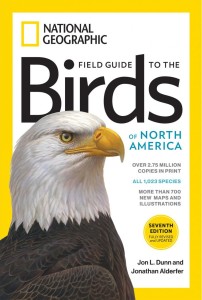 National Geographic Field Guide to the Birds of North America, 7th Edition
National Geographic Field Guide to the Birds of North America, 7th Edition
by Jon L. Dunn and Jonathan AlderferThe National Geographic guide is, along with The Sibley Guide, one of the two best field guides to North American birds. One of the best things about it is that the publisher updates it much more frequently than any other guide. Now in its 7th edition, it follows the pattern of a continuous improvement in the guide. The improvement in this edition is more of a small step, not a giant leap. It includes more species, an updated taxonomy (through 2016), and updates to maps and illustrations. It is the best edition yet, which merits inclusion here. But it is not such a radical improvement that users of the 6th edition should feel compelled to upgrade.
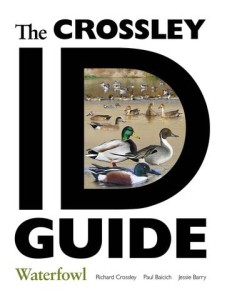 The Crossley ID Guide: Waterfowl
The Crossley ID Guide: Waterfowl
by Richard Crossley, Paul Baicich, and Jessie BarryThe Crossley ID Guides are, in my opinion, some of the best tools available to learn birds. And this new one, covering the ducks, geese, and swans of North America, is no exception. Crossley’s signature plates lend themselves well to this group, and this guide takes full advantage of that by including nearly 300 pages of them. And there’s plenty more here than “just” pictures, including a strong conservation message.
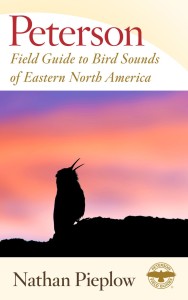 Peterson Field Guide to Bird Sounds of Eastern North America
Peterson Field Guide to Bird Sounds of Eastern North America
by Nathan PieplowA field guide with pictures…of sounds. I’m still not sure about this guide’s usefulness in learning bird sounds, the way one can study a traditional field guide to learn what birds look like before going into the field. I still need to spend some more time with it. But I am fully convinced of its value as a reference to identify recorded sounds – and if you become proficient enough, vocalizations that you may have heard, but not recorded. Regardless, Pieplow’s innovative book is pushing the boundaries of field guides, and that is reason enough to include it on this list.
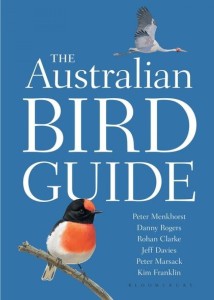 The Australian Bird Guide
The Australian Bird Guide
by Peter Menkhorst, Danny Rogers, Rohan Clarke, Jeff Davies, Peter Marsack, and Kim FranklinThis is a beautifully illustrated field guide, but that’s not why it’s here. I want to highlight this guide for three reasons:
1. It’s size. This is a big book, in between the Sibley and Crossley Guides in size. It has no pretense of being usable in the field, so it can devote more space to more and larger illustrations and additional text.
2. It’s style. The authors have confessed to looking at “the best field guides in the world” when designing their guide. The Collins Guide (aka Birds of Europe) is widely acknowledged as the world’s best field guide, and it appears The Australian Bird Guide authors are in agreement with that sentiment, as their guide bears more than a passing resemblance to Collins.
3. It’s organization. It eschews the traditional taxonomic species sequence in favor of a more “pragmatic” one. Their system, which they describe in detail in the introduction, works better in a field guide, in my opinion. If you need help finding a bird, multiple types of indices are provided. A drawback of this scheme is that evolutionary relationships can be obscured, so the authors have thoughtfully included an entire section on the evolution and classification of Australian birds.
For these, and many other, reasons, The Australian Bird Guide joins the ranks of the world’s best field guides.
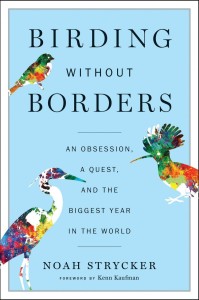 Birding Without Borders: An Obsession, a Quest, and the Biggest Year in the World
Birding Without Borders: An Obsession, a Quest, and the Biggest Year in the World
by Noah StryckerI love a good birding tale, and this is a really good birding tale. In 2015, Noah Strycker traveled around the world – to all seven continents, without any breaks – with a goal of seeing 5,000+ birds. While the story is great, the writing is even better. This is a fun read, and you may even learn a thing or two.
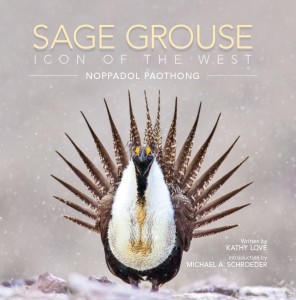 Sage Grouse: Icon of the West
Sage Grouse: Icon of the West
by Noppadol Paothong and Kathy LoveThis book has it all, making it an easy pick as my favorite book of the year: stunning photography; lively, informative text; and a strong, timely conservation message. Sage-grouse are awesome birds, as this book demonstrates. But, sadly, they are in trouble. I share with the authors the hope that those who see this book will be moved to do what they can to help this bird and the sagebrush country in which they live.
Posted by Grant McCreary on December 10th, 2017.





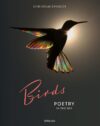
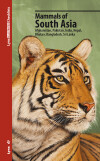
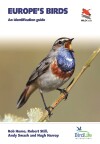
Comment